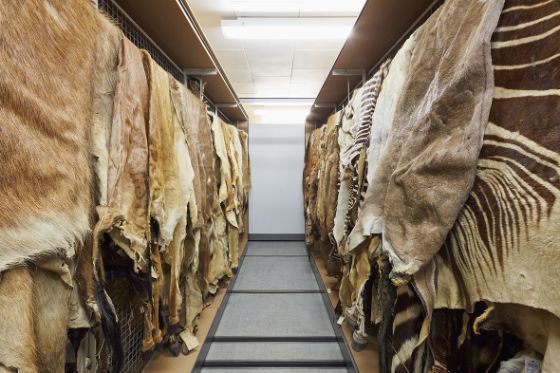
ICE-AGE MAMMALS FROM SENEZE
No other palaeontological site has provided the Natural History Museum Basel with so many valuable large mammal skeletons as Senèze, a village close to the French town of Brioude.
During the Ice Age around two million years ago, Senèze was located in a crater lake into which dead animals were washed. Hans Georg Stehlin visited the site in 1903. The Basel palaeontologist and zoologist was able to bring on board Pierre Philis, the village's farmer, to help collect specimens for the Natural History Museum Basel. Over almost 40 years of excavation, Philis provided our museum with countless bones, many skulls and eight virtually completely preserved skeletons. The skull of a southern elephant and the skeleton of a rhino, a primeval pig, two deer, a saber-toothed cat, a primeval horse and a goral (an animal related to the chamois) now form impressive highlights of the exhibition on fossilised mammals.
Several thousand objects from Senèze are stored in our collection archives. Despite the collection's great age, the material is still being used for active research projects. A complete description of the site is currently being planned, and several ear bones from ruminants are being scanned and examined by our researchers.
